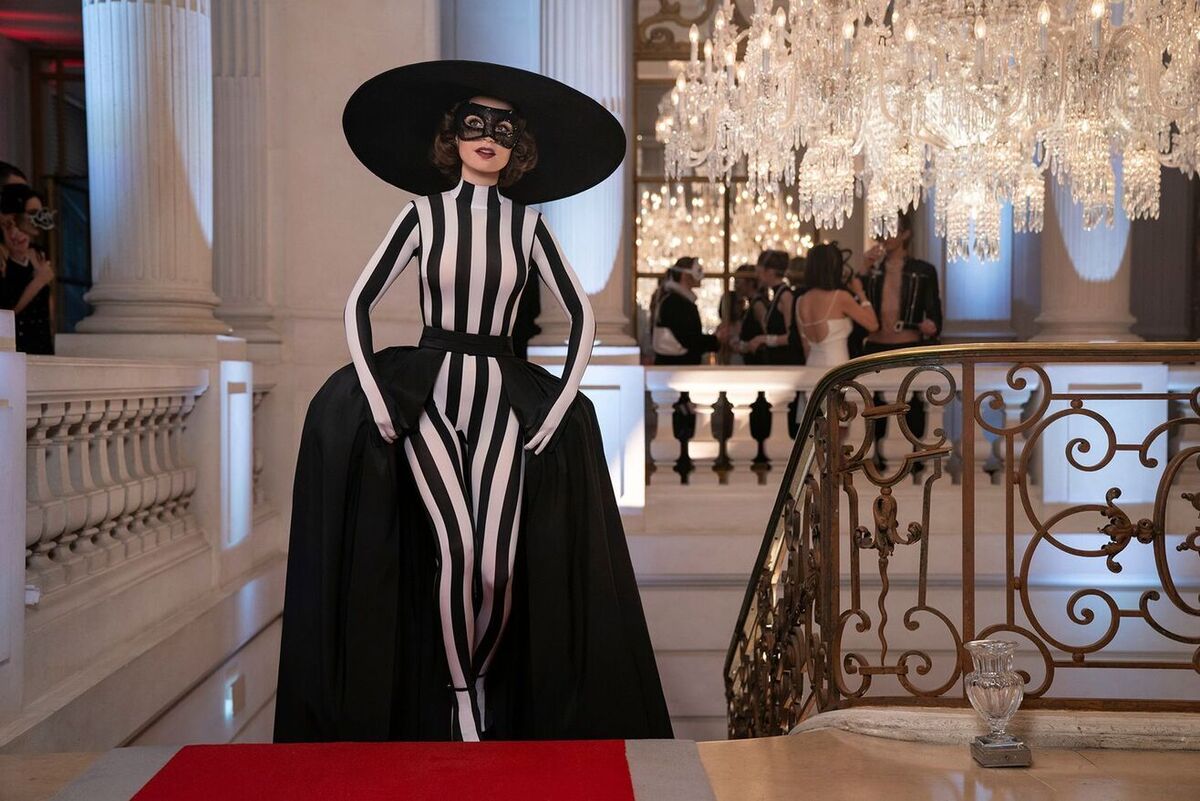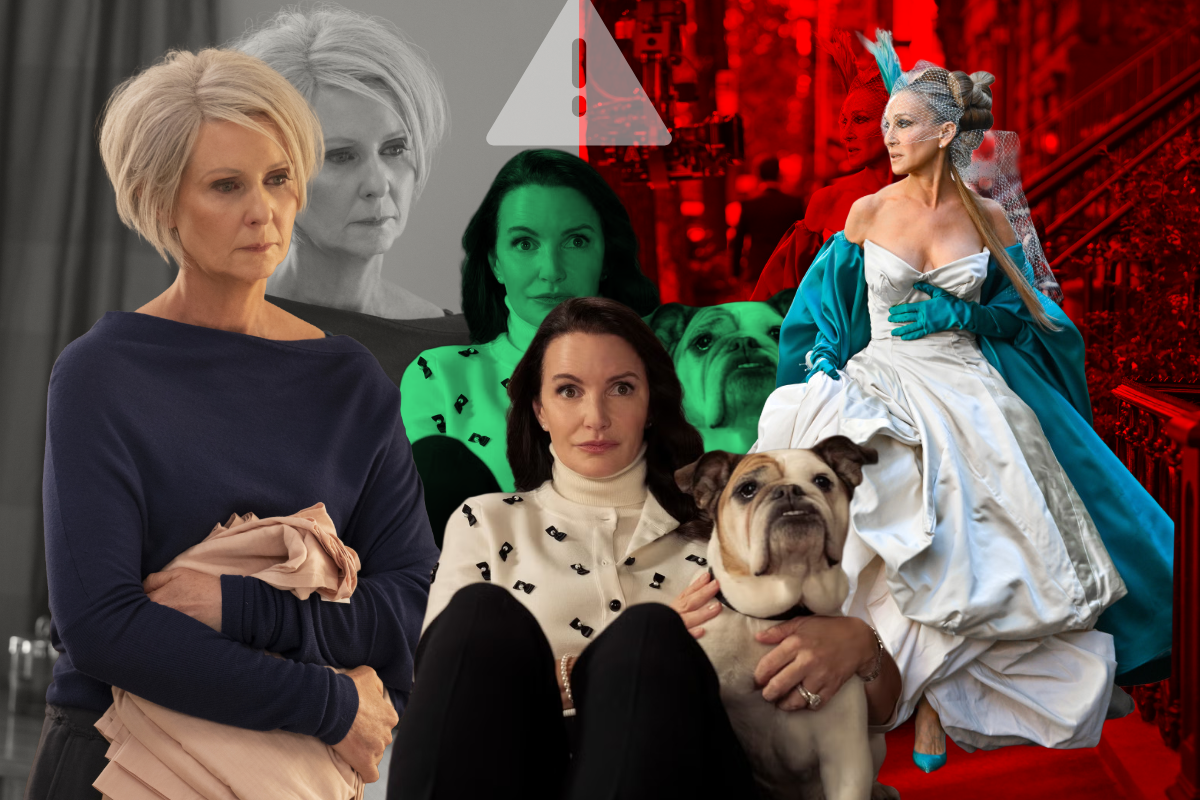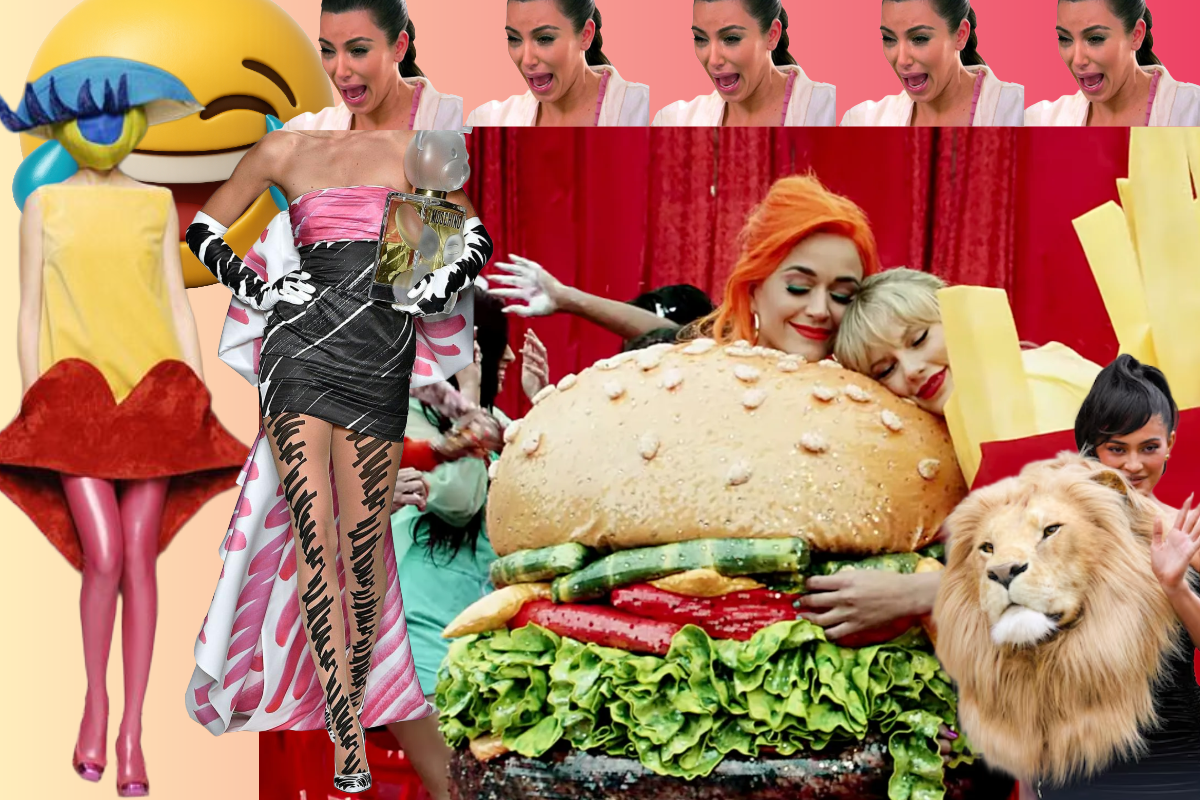When And Just Like That premiered, fans of Sex and the City approached with a mixture of excitement and skepticism. Could a spin-off capture the essence of what made the original series so iconic? After three seasons of navigating Manhattan's streets once again with Carrie, Miranda, and Charlotte, the answer has become painfully clear.
Last week, we talked about the highlights of And Just Like That —the positive aspects of this spin-off and the good memories that will stay with us. Today, let’s talk about those things that could have gone better. Those things that sparked debates on social media, and that perhaps pushed the ending of the spin-off sooner than the creators would have liked.
Carrie’s Fashion Was Objectively Bad

In Political Fashion, we have discussed how fashion serves as a tool of personal expression. There is more than one answer to the question of how to dress today because this question involves going deep into who we are, what we are into, and what we want to communicate to the world around us. That being said, there is a general common sense of what good looking clothes are, especially with a character like Carrie Bradshaw, who had been pushing fashion boundaries for over two decades.
Carrie Bradshaw brought to mainstream pop culture Manolo Blahnik shoes and the Fendi Baguette. Carrie Bradshaw —thanks to the creative mastermind Patricia Field, who styled Sex and the City, The Devil Wears Prada, and Emily in Paris —blended high fashion with thrifted items from flea markets before this was a common practice in shows and movies.

The main reason why Carrie’s clothes in And Just Like That are so objectively bad is that they are not flattering. Carrie is a beautiful woman with financial access to any clothes she wants. Why would she choose so many vintage long tunics, dresses, and kimonos that make her look like a ghost? Why did she give up the bold and energetic colors that looked so beautiful on her skin and were elegant, timeless, and exciting to look at? We were not just looking at weird or crazy fashion, which were common descriptors of Carrie’s clothes. We saw unflattering, outdated, sad clothes.
The Plot Holes Were Wild
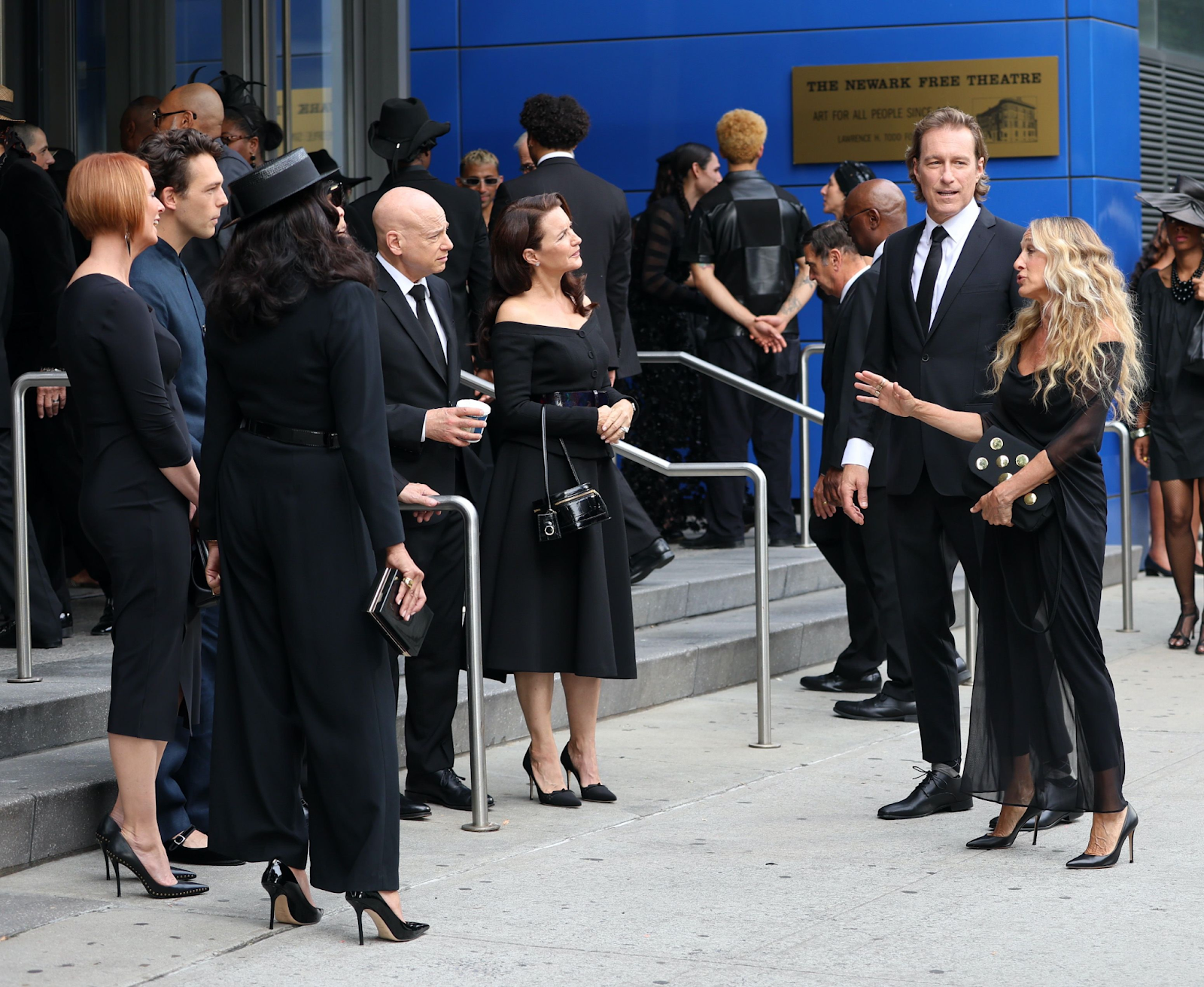
Sex and the City fans have accepted the idea that Carrie Bradshaw could afford a rent in Manhattan, cocktails, and designer clothing with the salary of a sex columnist —despite how unlikely this scenario is in today’s economy. But there are some unforgivable plot holes that we saw on And Just Like That which seemed like they were mistakes for rushing the script or maybe relying on AI to write the plot?
How do we make sense of the fact that Lisa Todd Wexley’s father died twice? Lisa mentions the death of her father when she helps Charlotte navigate the grief and shock after Big’s death in the first season. Then, in the third season, he dies again. The writers explained that one of them was her stepfather, but one can smell bs from a mile away. Both episodes mentioned Lisa’s biological father.
Rock is a beautiful character. It was a missed opportunity to stop exploring their journey
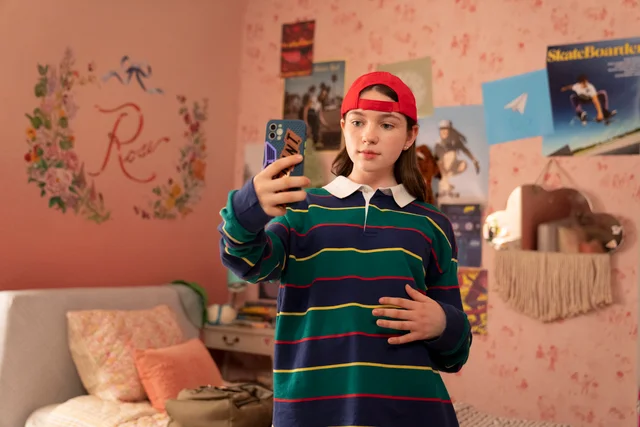
"I don't want to be labeled as anything. Not as a girl, or boy, nonbinary, a Jew, Christian, Muslim, not even as a New Yorker. I'm only 13, can't I just be me?” Rock said in the season 1 finale when Charlotte and Harry were encouraging them to go to their Bar Mitzvah.
Rock is a cool character with a fresh perspective who created some interesting and meaningful moments when their thoughts crashed against their parents and the “status quo”. It seems as though Rock had the potential to shine so much more on the screen: fall in love, show the dynamic with their classmates, speak with Miranda and Carrie about her mom, or simply let them be themselves on the screen.
Too much focus on Carrie’s ending… but what about the rest of them?
Miranda is balancing her girlfriend’s love for dogs (which she doesn’t like) while she acknowledges that her girlfriend doesn’t like kids (she has Brady, who is about to become a father). There wasn’t a closure that made it seem as though Miranda was going on a specific path. Is she staying with Joy but dealing with barks? Can Joy stand any more fights between Miranda and Brady, and the mother of the baby?
Charlotte is happily married to Harry. She was very scared of Harry dealing with cancer, but as her husband healed, there was no clear path for her either about where she was going. What’s happening in the gallery where she was working? Will she continue “slaying” at work, or did she decide to prioritize quality time with family and quit her job? Nothing was clear.
Carrie’s writing was insulting

Not only are we supposed to believe that Carrie has lived a wealthy life in New York for decades with the salary of being a sex columnist and book author of memoirs from her never-ending breakups with Big and Aidan. Now, she is exploring the world of historical fiction —but exploring is perhaps an overstatement since it is hard to understand what she is really trying to do with her writing. For years, Carrie’s writing was a subject of memes and jokes with “I couldn’t help but wonder” language. Now, the acclaimed character Duncan (Carrie’s new neighbor) praises her writing, saying that he is fascinated by her story with the line “the woman wondered what she had gotten herself into”.
There is a very short scene where Carrie has a research board with a dress from the 1800s and a pile of books, but there is never any deep-intellectual conversation about this with Duncan. Are these two “intellectual” writers really just flirting and talking about how smart Carrie is for starting her novel with the line “the woman wondered what she had gotten herself into”?
The grief was buried

The first season of the spin-off was very sad. Big died, Miranda left Steve, and fought with Carrie and Charlotte. There was a lot of drama and very little Sex happening in the City. Sadly, the actor who played the role of Stanford Blatch, William Garson, died of pancreatic cancer in September 2021, shortly after filming the first episodes of the show. The plot of the show explained Stanford’s departure, saying he was moving to Japan and leaving Anthony, but the fans were grieving a beloved character —one who is hard to believe Carrie stops mentioning ever again after their friendship of many years. Stanford deserved to be mentioned in the finale as he was an important part of Sex and the City and Carrie’s life.
As for John James Preston aka Mr. Big, the whole sudden death / grief/ was Big, a big mistake was very strange and hard to follow. But again, such an important character doesn’t just die and is buried in oblivion. A scene of Carrie walking by Big’s grave in Manolo’s thinking of what could have been with a cringy voiceover in the background would’ve been nice.
Hyperfocus on Samantha in her absence
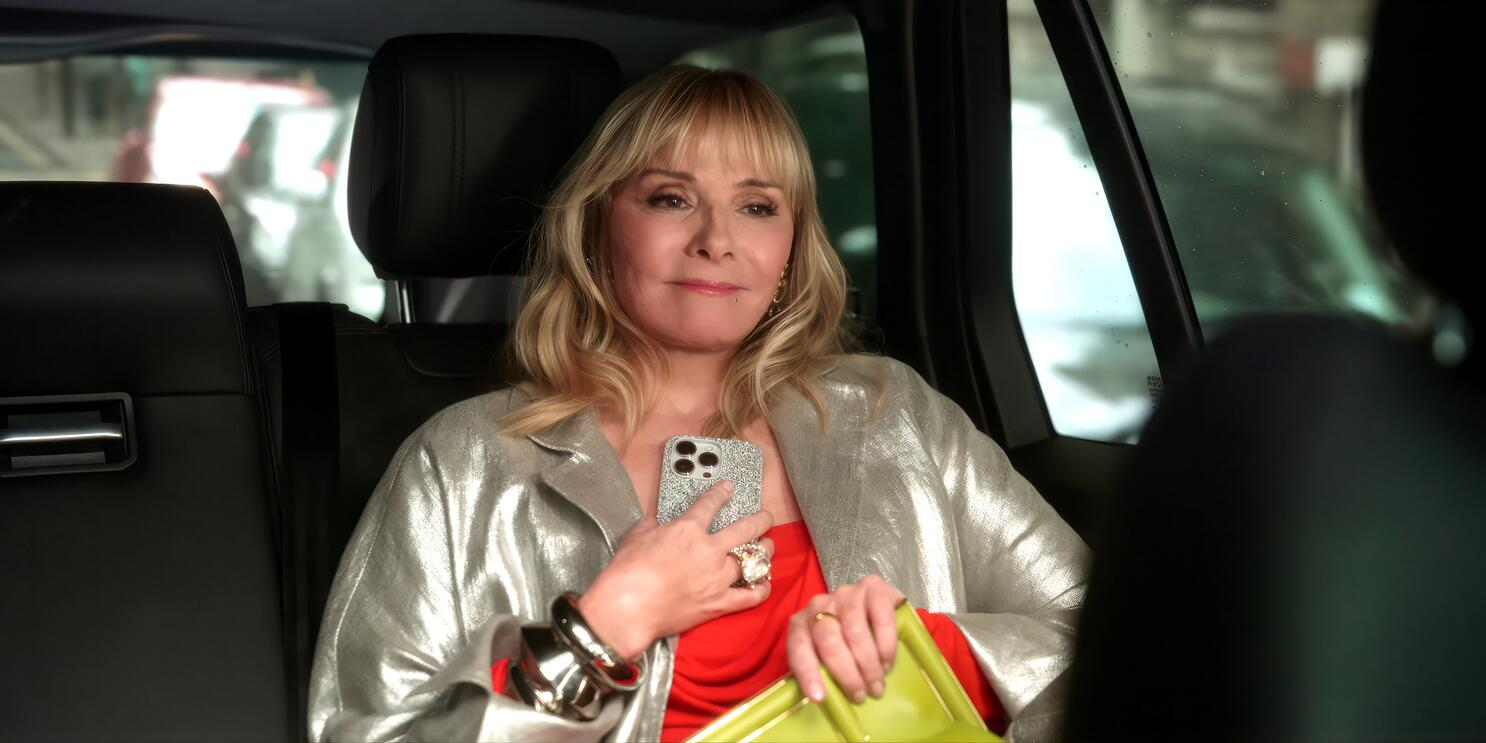
The fans missed Samantha Jones. She came back for one scene and one scene only. Everyone loved it. It was glamorous, nostalgic, beautiful, and funny. In an iconic agreement, Kim Cattrall agreed to shoot this scene only if it was in a parking lot where she wouldn’t have to see Sarah Jessica Parker. Before and after the scene, the spin-off tried to keep Samantha alive with texts and weird phone calls as if Samantha Jones was present, but then again, she was not. It seems like there was a lot of attention in trying to keep Samantha alive, that they disregarded the energy, sparkle, and joy that Seema, Lisa, and Nya brought to the show. Their storylines could have been more profound and explored their womanhood in the workplace and in their personal life. Their characters speak about race in a way that the original show did not address. It was a missed opportunity on all fronts.
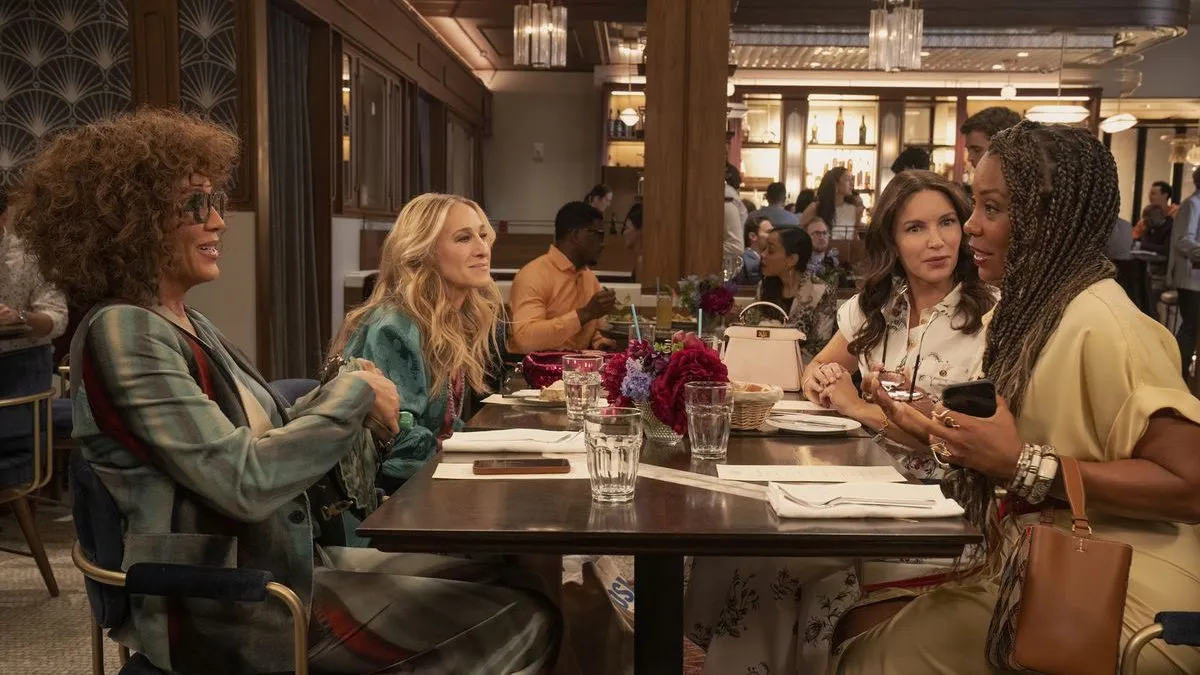
And Just Like That faced the difficult task of repurposing one of television's most beloved series while honoring its legacy and moving forward into a new era —an era with new generations, technologies, fashion trends and vocabulary. While the spin-off brought moments of joy and successfully addressed contemporary issues like grief, gender identity, motherhood, and aging, it ultimately struggled to recapture the magic that made Sex and the City a cultural phenomenon.
The show's missteps—from questionable fashion choices and big plot holes to underdeveloped character arcs and missed opportunities for meaningful storytelling—suggest a production that may have been rushed or lacked the careful attention to detail that made the original series so compelling. Perhaps most telling is how the spin-off seemed to lose sight of what made these characters so relatable and beloved in the first place: their authentic friendships, witty dialogue, and the delicate balance between glamour and genuine human emotion.
As we bid farewell to Carrie, Miranda, and Charlotte once more, we're left wondering what might have been. And Just Like That serves as a reminder that sometimes our favorite stories are better left as cherished memories rather than attempts to reheat the nachos. The original Sex and the City will always hold its place in television history—bold, groundbreaking, and perfectly imperfect.

